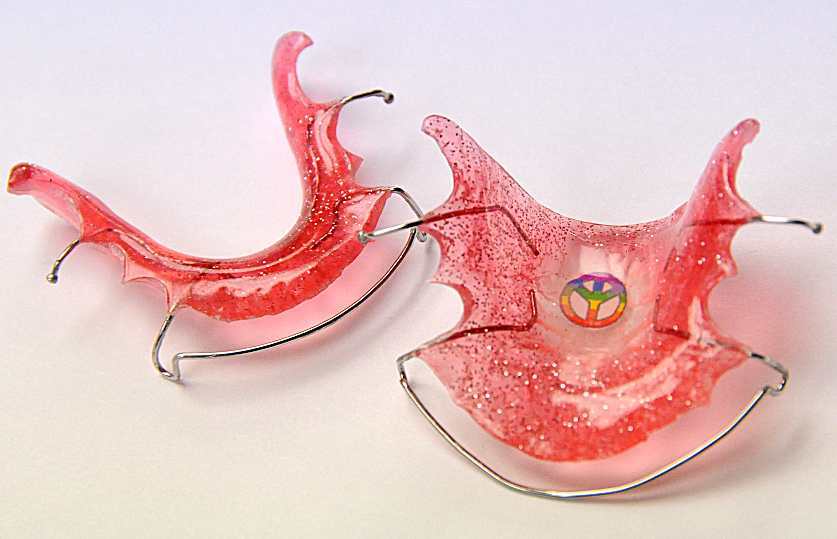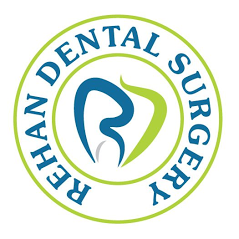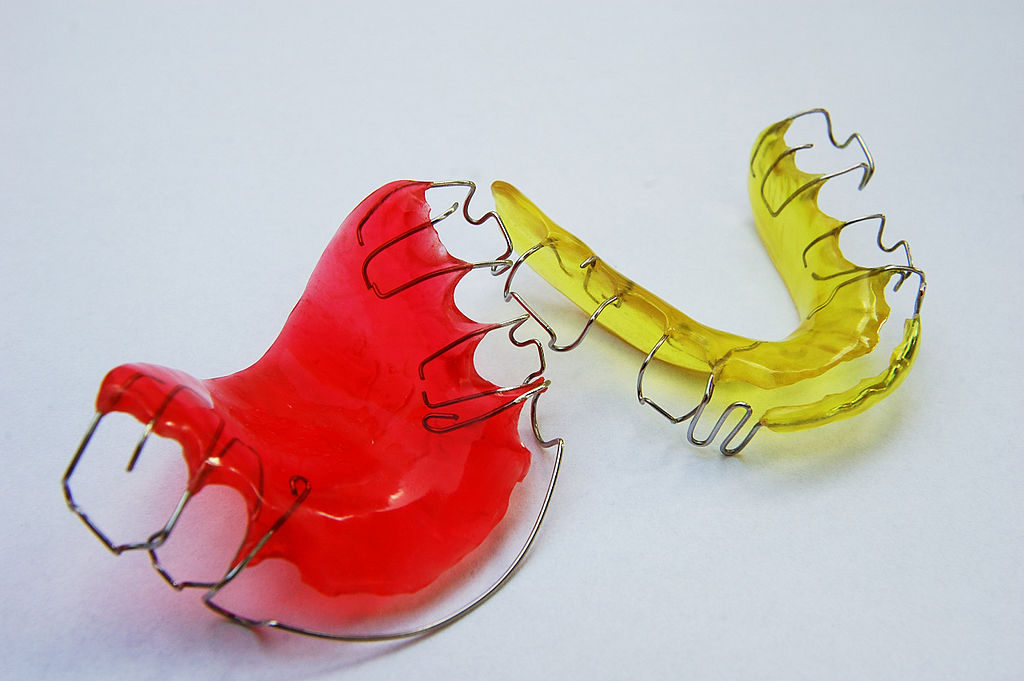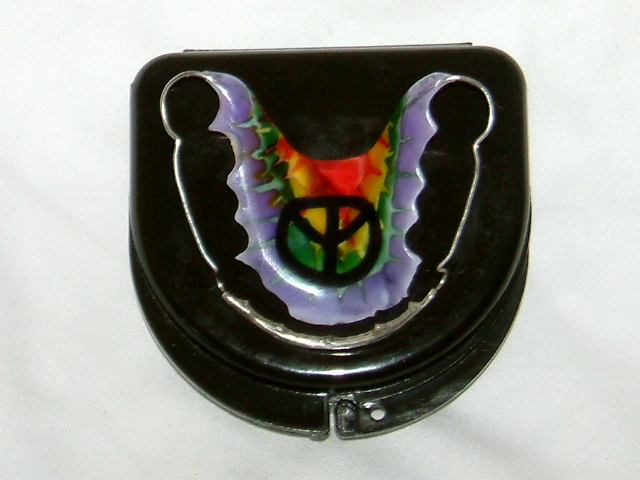Retainers for Teeth Straightening
The best-known removable retainer for teeth straightening is the Hawley retainer, which consists of a metal wire that typically surrounds the six anterior teeth and keeps them in place. It is anchored in an acrylic base plate that sits in the palate (roof of the mouth). The advantage of this type of retainer is that the metal wires can be adjusted to finish treatment and continue minor movement of the anterior teeth as needed.
Recently, a more aesthetic version of the Hawley retainer has been developed. For this alternative, the front metal wire is replaced with a clear wire called the ASTICS. This is intended to be adjustable similarly to the traditional Hawley retainer, which is not practical with vacuum-formed. The original clear bow named QCM, was developed to eliminate the look of wire across the facial surface of the arch. Excessive breakage has made this impractical for younger patients.
During the first few days of retainer use, many people experience extra saliva in their mouth. This is natural and is due to the presence of a new object inside the mouth and consequent stimulation of the salivary glands. It may be difficult to speak for a while after getting a retainer, but this speech difficulty should go away over time as one gets used to wearing it.
An entirely different category of orthodontic retainers are fixed or bonded retainers. There are many different types of fixed retainers, which include Reinforced, fibers Fixed canine and canine retainer (only bonded to canine teeth) Multi-strand retainers (bonded to every tooth)
The most preferred bonded retainer is the multi-strand stainless steel wire type as it is bonded to every tooth in the labial segment, using composite resin or acid-etch composite bonding. For fixed canine and canine retainer, it is only bonded to the canine teeth and hence often cause relapse of the incisors ; and for the reinforced fibre retainers, they tend to fracture commonly. In order to prevent minor unwanted tooth movement, the fixed retainer must be passive.
A fixed retainer typically consists of a passive wire bonded to the lingual-side of the (usually, depending on the patient’s bite, only lower) incisors. Unlike the previously-mentioned retainer types, fixed retainers cannot be removed by the patient. We prescribe fixed retainers regularly, especially where active orthodontic treatments have affected great changes in the bite and there is a high risk for reversal of these changes. While the device is usually required until a year after wisdom teeth have been extracted it is often kept in place for life. Fixed retainers may lead to tartar build-up or gingivitis due to the difficulty of flossing while wearing these retainers. As with dental braces, patients often must use floss threaders to pass dental floss through the small space between the retainer and the teeth.



